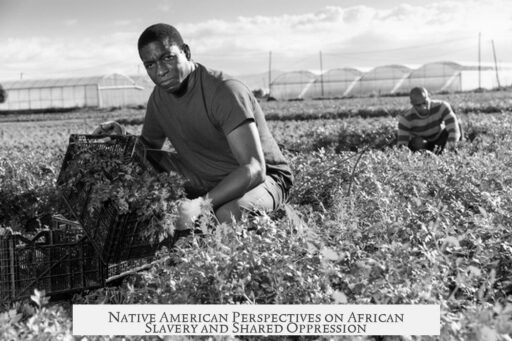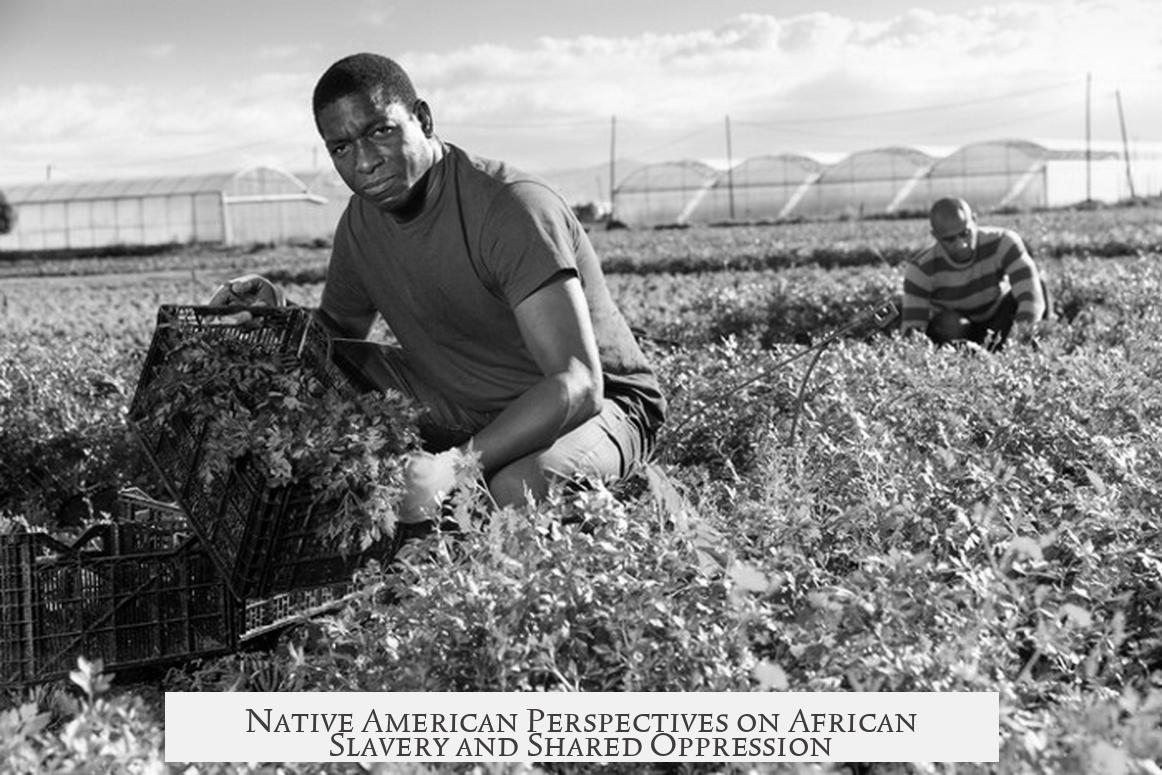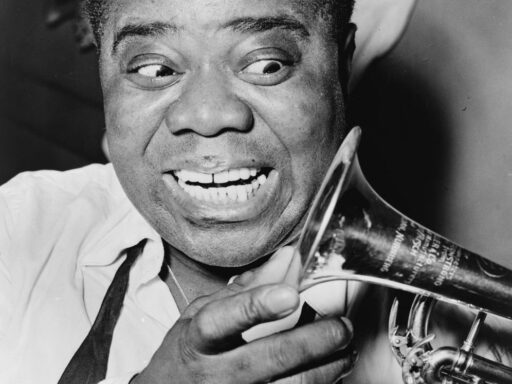Native Americans generally did not harbor resentment toward African slaves. Instead, they experienced a mild camaraderie, partly because colonists enslaved many Native Americans as well. This shared condition fostered a complex relationship between the two groups.
Native tribes already practiced forms of captivity before European contact. They captured individuals from other tribes and used them as slaves, often treating them better than African slaves received under colonial systems. However, this status did not equate to equality.
Over time, some Native American tribes adopted the European practice of enslaving Africans. They observed colonists’ slaveholding and sometimes raided plantations to capture African slaves. During events like the Indian Removal period, tribes brought these slaves along to new Midwestern locations. Despite this, slave ownership was less widespread among Native Americans than among colonists.
The relations between Native Americans and African slaves involved coexistence and cultural exchange. The two groups often lived near each other and intermarried. However, they generally maintained distinct communities. This social dynamic complicated notions of race and identity in the colonial and early American periods.
Florida’s Seminole tribes notably provided refuge to escaped African slaves, who became known as Black Seminoles. This alliance contributed to tensions that led to the Seminole Wars, as Southern states found such safe havens unacceptable.
| Aspect | Details |
|---|---|
| Attitude | No strong resentment; shared suffering created mild camaraderie |
| Adoption of Slavery | Some tribes enslaved Africans after observing colonists |
| Preexisting Slavery | Captivity of other Native peoples was common with better treatment |
| Relations | Co-living, intermarriage, but separate communities |
| Historical Conflicts | Seminole refuge for escaped slaves sparked the Seminole Wars |
- Native Americans generally did not view African slaves with hostility.
- The tribes had their own traditions of captivity before European slavery.
- Some tribes adopted African slavery, though on a smaller scale than colonists.
- Coexistence and intermarriage blurred cultural lines but kept communities distinct.
- The Seminole Wars partly stemmed from Florida’s role as a refuge for escaped slaves.
What Were the Native Americans’ Attitude Towards African Slaves Like?

Native Americans generally did not resent African slaves; instead, a form of camaraderie developed due to their shared oppression at the hands of European colonists. This relationship was complex, shaped by history, cultural practices, and survival strategies.
Let’s dive into this lesser-known facet of early American history to explore what shaped the Native American attitude toward African slaves. Understanding this relationship helps paint a clearer picture of colonial dynamics beyond the usual narratives.
Shared Oppression: How Colonists Enslaving Native Americans Influenced Relations
The first reason for the relatively neutral or even amicable relations between Native Americans and African slaves lies in their common experience: both groups faced exploitation by European colonists. Colonists enslaved numerous Native Americans, pushing tribes toward a mild sense of solidarity with African slaves, who suffered under similar oppression.
Imagine two groups forced into the same harsh environment, forced to adapt and resist—their empathy grows logically from shared hardship. This is not to say that Native Americans championed African freedom, but a lack of overt resentment suggests a complex and pragmatic relationship instead of strict hostility.
Did Native Americans Adopt the Practice of Enslaving Africans?
Here’s where history gets complicated. Although Native tribes initially had different traditions of captivity and slavery—often capturing members from rival tribes—they learned to enslave Africans by watching European colonists. Some tribes even raided plantations to capture African slaves. Yes, it sounds like history layering itself in awkward ways.
For example, during the Indian Removal periods, some tribes transported African slaves westward with them. This adoption indicates Native Americans were not outsiders to the economic logic of slavery, but their scale of slaveholding never matched that of colonists. Slavery “never took off” broadly among tribes, but it existed.
Was this practice a survival tactic? An assimilation of dominant colonial behaviors? Or both? Native Americans often had nuanced reasons influenced by their shifting political and economic realities.
Slavery in Native Culture: A Pre-Colonial Perspective
It’s important to note that the idea of slavery wasn’t alien to Native Americans. Capturing individuals from other tribes was sometimes part of warfare or retribution. However, the treatment of such captives was typically better than how African slaves were treated by Europeans. Of course, “better” doesn’t mean equal—the captives still held a lower status and lacked freedom.
This distinction highlights different concepts of ownership and servitude. Native captivity often involved incorporating captives into the tribe or labor but usually within social frameworks quite unlike brutal chattel slavery practiced in plantations.
Living Side by Side and Intermarrying

Here comes the surprising part: African slaves and Native Americans frequently lived in close proximity—sometimes right next door—and even intermarried. Yet, they usually maintained distinct communities. Picture neighbors who share gardens and sometimes friendships but keep their own dinner traditions.
This rare social integration suggests an underlying respect or at least tolerance between the two groups, formed through daily interaction and mutual understanding. The fact that the two groups entered into marital ties says a lot about the bonds formed despite cultural differences.
The Seminole Wars: Where Politics, Race, and Sanctuary Collide
The Seminole tribe’s relationship with African escaped slaves represents a notable exception to conventional colonial hostility towards Africans. Florida’s Seminoles gave refuge to runaway slaves, sometimes referred to as Black Seminoles, fostering a unique community where escaped slaves found protection and some autonomy.
“The reason for the Seminole Wars was that Florida provided a safe haven for escaped slaves, which was unacceptable to the South.”
This sanctuary enraged Southern plantation owners eager to control their human property, leading to prolonged conflict. Here, Native Americans’ attitudes went beyond passive acceptance; they actively resisted the institution of slavery by sheltering fugitives.
What Lessons Can We Draw?
So, what does this complex relationship teach us? First, attitudes weren’t monolithic. Native Americans showed both acceptance and adoption of slavery yet also offered refuge to escaped slaves. Their responses balanced survival, pragmatism, and occasionally, resistance.
Second, it reminds us that historical narratives are multi-layered. The Native American and African slave dynamic challenges ideas of strict racial divisions during colonial times. These groups interacted in ways that created shared identities and communities, despite the brutality imposed by colonists.
Finally, the story encourages us to question simple assumptions. Did Native Americans view African slaves solely as allies or only as property? The answer is “sometimes both,” depending on the tribe, era, and circumstances.
In Conclusion: A History Full of Nuance
Native Americans generally approached African slaves with complex attitudes—ranging from camaraderie born of shared oppression to participation in enslavement practices, with moments of genuine refuge and social integration. This intricate relationship defies simple categorization.
This history reminds us to look beyond single narratives. How will understanding such complexities shape today’s conversations about race, identity, and history? Perhaps by embracing these stories, we deepen respect for the diverse and often unpredictable ways human groups relate in times of hardship.
So next time someone asks you about Native American attitudes towards African slaves, you can confidently say: It wasn’t black and white—more like shades of survival painted with unexpected hues of alliance, adoption, and resistance.
Further Reading
Q1: How did Native Americans generally view African slaves in the colonies?
Native Americans did not resent African slaves. Both groups faced oppression by colonists, creating a mild camaraderie.
Q2: Did Native American tribes enslave African people themselves?
Yes, some tribes adopted enslaving Africans from colonists. They raided plantations to capture slaves and took them west during Indian Removal.
Q3: Was slavery common among Native American tribes?
Owning slaves was not widespread but did occur. The scale was much smaller compared to European colonists.
Q4: How did Native Americans treat slaves compared to other forms of slavery?
Native tribes had a tradition of enslaving captives from rival tribes. These slaves were treated better than African slaves but were not equals.
Q5: Did African slaves and Native Americans interact socially?
Yes, they often lived near each other and intermarried, but maintained separate communities. Escaped slaves found refuge with some tribes, like the Seminoles.




